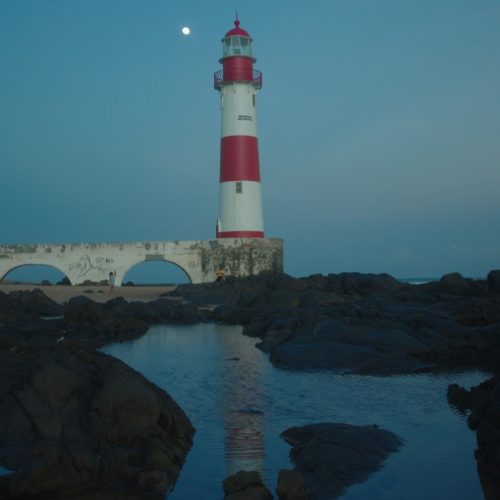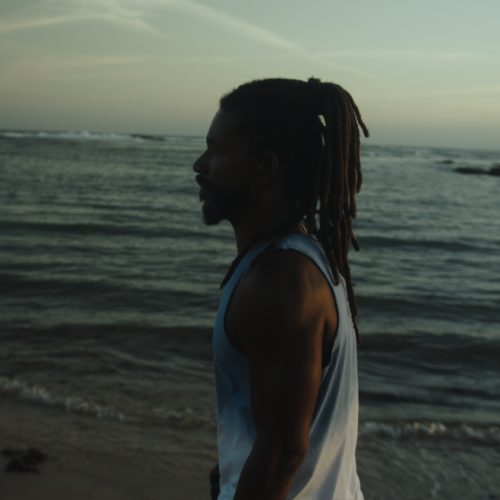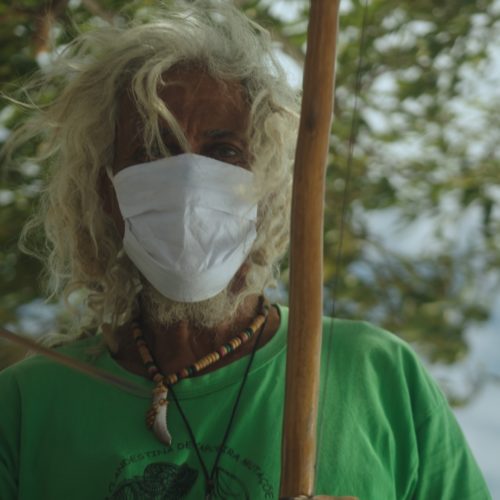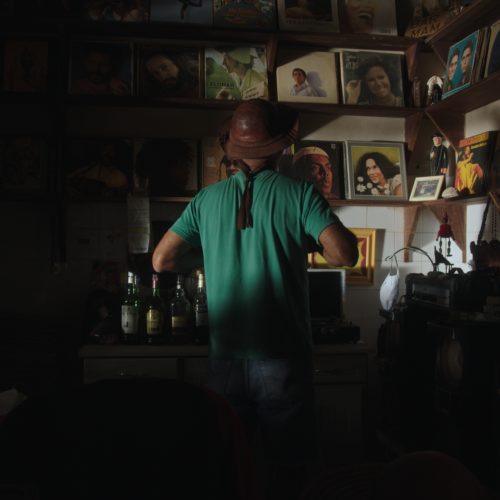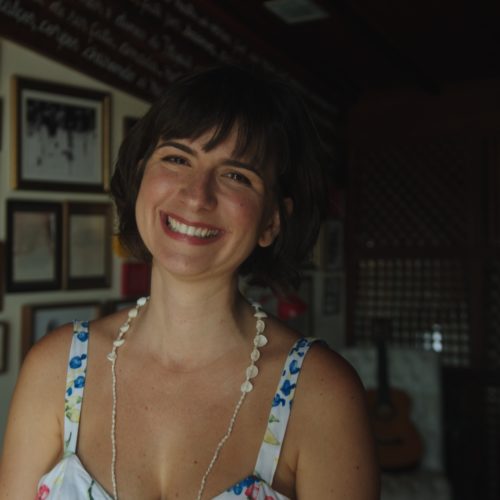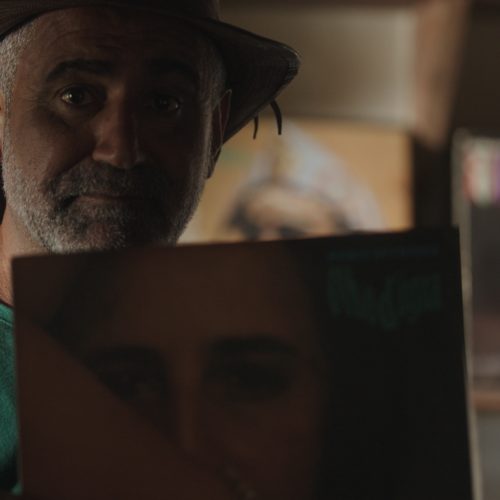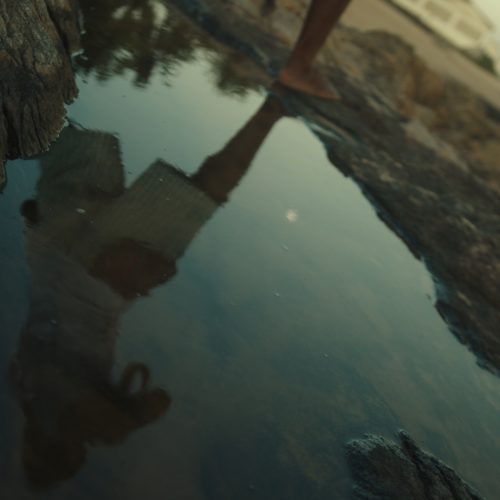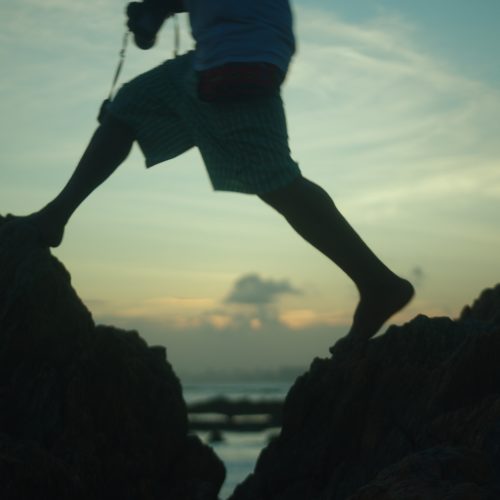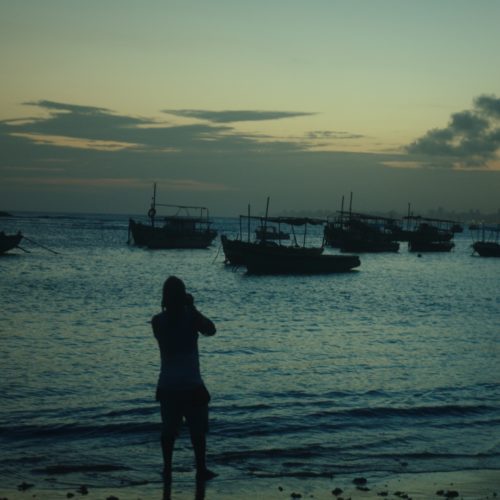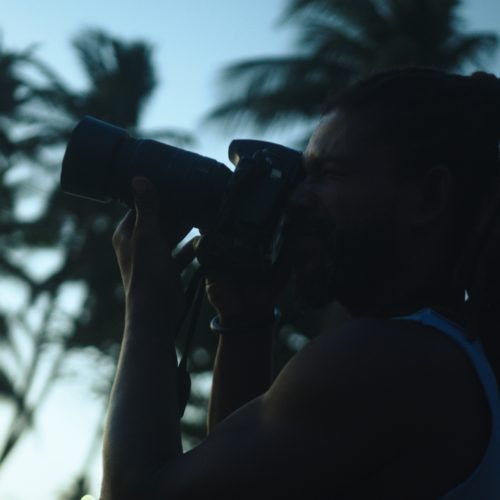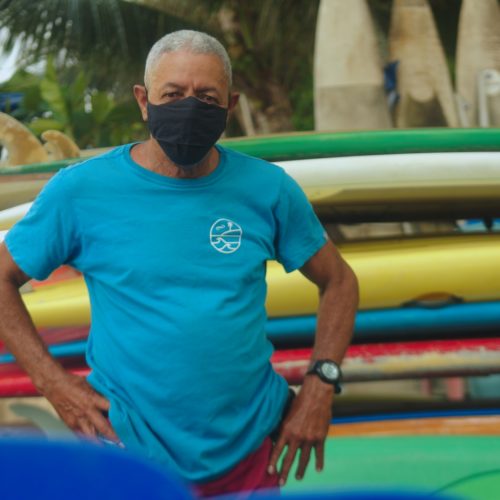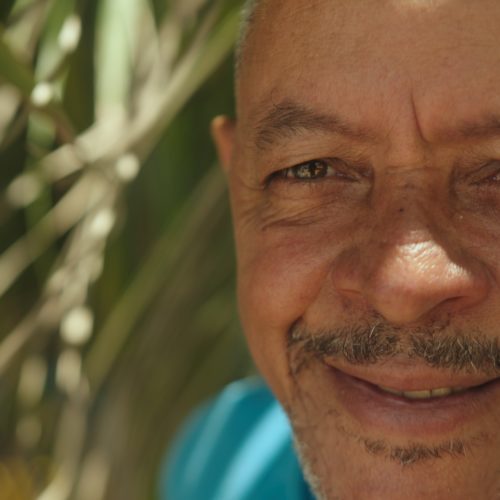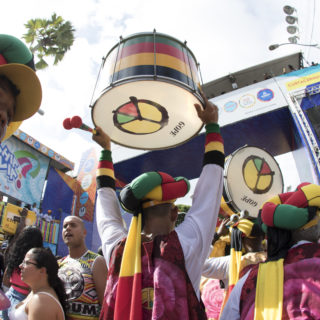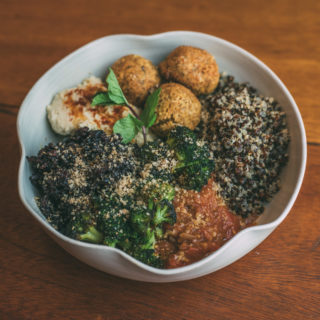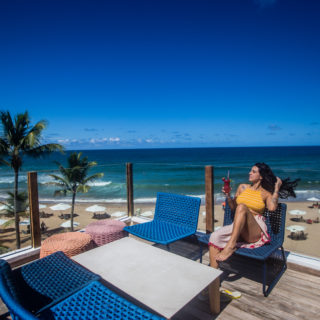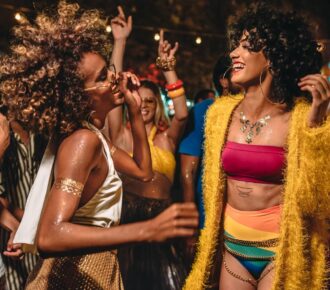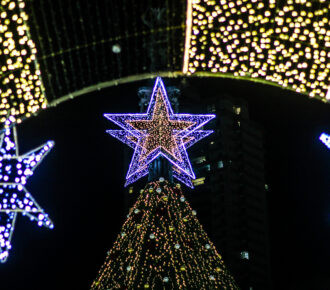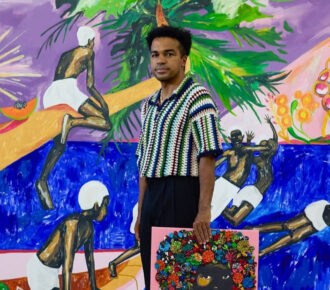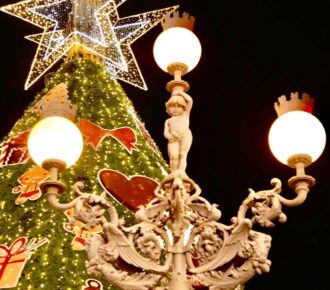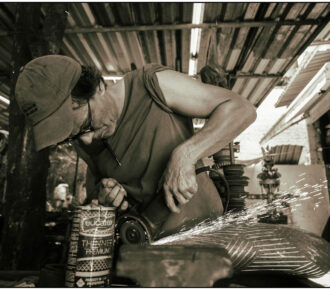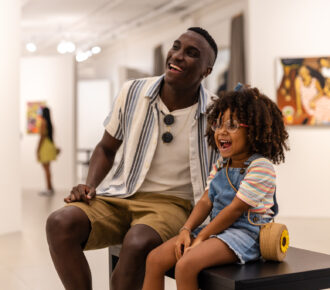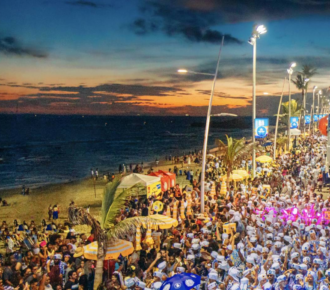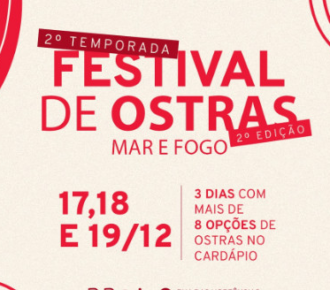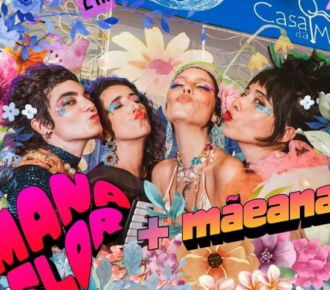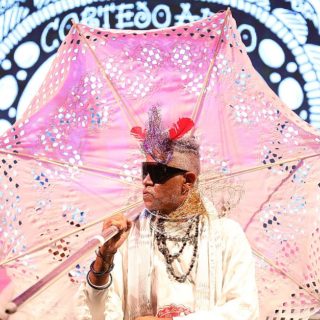
The web series travels through Salvador sharing experiences through the eyes of the people of Salvador
From Itapuã Lighthouse to the dunes
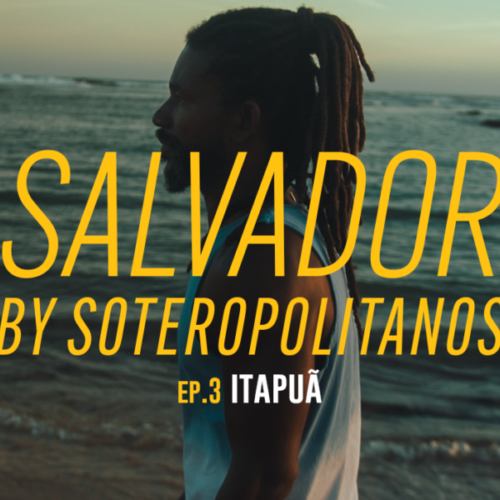
Salvador by Soteropolitanos takes you through the city showing small-big daily experiences. We toured several locations such as Pelourinho, Barra, Itapuã, The Lower City, Rio Vermelho and The Suburbs, meeting people and their relationship with the city and, thus, discovering (or rediscovering) this beautiful Salvador.
What we want is to inspire you and make sure that, after watching, you take your mask and 70 ° alcohol gel and get to know your own city. If you are not from here, take this tour through the eyes of the people of Salvador. In this itinerary, we will take you from the Itapuã Lighthouse to the dunes. We have gathered here all the important tips and information for conscious tourism.
“It is a different place, with its own identity. One sells coconut, another sells acarajé, another sells cocada. One has a bar, the fisherman, the seafood, these are cultures that belong here, they are ours, these people are resilient people.” – Jorge Onofre – Sr. Mamão, owner of Bar do Mamão
Itapuã Lighthouse
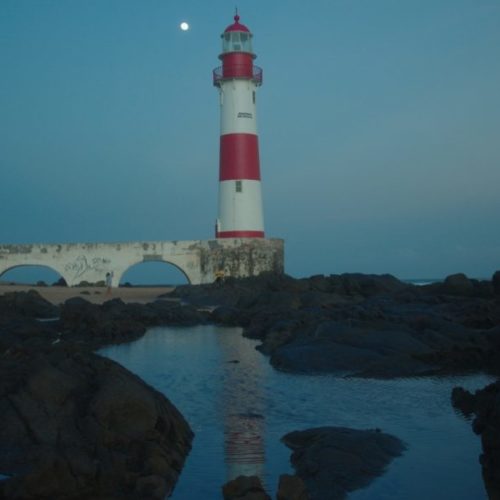
Wake up early to see the fishermen in the pull of the net, check the tide table to enjoy the natural pools that are formed in the dry tide and still enjoy practicing SUP or Windsurf. Coconut trees on the beach, salty smell of sea air and, to complete the scenery, the Itapuã Lighthouse, Salvador’s postcard.
“I love doing everything I do, in a simpler, more truthful way, and with love, with respect, this connection, this ancestry, everyday life here in Itapuã, is joy, it is culture, and one afternoon is not enough.” – Pio Filho, Photographer.
In 1823, the Itapuã Lighthouse was inaugurated. Installed at Pedra Piraboca, the lighthouse is 21 meters high, shaped like a tower, all in cast iron, to guide navigators in the regions of a calm but full of rocks sea. Along with the sandbanks of this region, the rocks caused several shipwrecks until the lighthouse was raised to warn of these dangers.
Since 1950, it has the current color: white and red. In addition to being useful for navigation, it also became a scenery. The Itapuã Lighthouse can reach, with its white light, approximately 30 kilometers (15 nautical miles).
After the iconic photo at the lighthouse, take a trip along the shore by walking or cycling. The Itapuã bike path is beautiful! Take the opportunity to take many photos on the road that looks more like a “red carpet”.
Casa di Vina Memorial
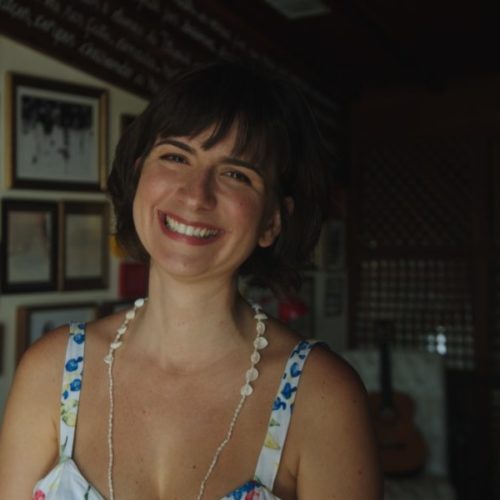
Preserved in its original architecture, the house today houses The Casa di Vina Memorial, open free of charge to the public, where objects, photos and documents of the couple’s history and the little-known passage of the poet through Bahia are on display.
“Casa di Vina, as Vinicius’s friends called it, was visited by artists and was a stronghold of great partnerships. Cradle of famous songs, like “Tarde em Itapuã”, for example, and part, right, of the vast and important work left by the poet.”, Luisa Proserpio, curator of the Casa Di Vina Museum
During the visit, old sculptures and tiles by the artist Udo Knoff and the panel painted by Bel Borba can also be appreciated in honor of Vinicius’ friendship with the painter Calasans Neto. The collection was kindly provided by Gessy Gesse. Find out everything at this link.
Statue of Vinicius de Moraes
Take the opportunity to extend the tour a little to get to know the monument in honor of Vinicius de Moraes, in the square that bears the artist’s name. This monument was created by the Bahian artist Juarez Paraíso and had the collaboration of Márcia Magno, Renato Viana and Paula Magno. The square was opened in 2003, the year in which he would be 90 years old.
Vinícius’ bronze sculpture is natural in size and is located near the Itapuã Lighthouse. An empty chair beside it invites visitors to take pictures with the poet. In the square, there are also ten totems of 0.90 x 1.60, where some of his compositions are recorded.
Parque das Dunas
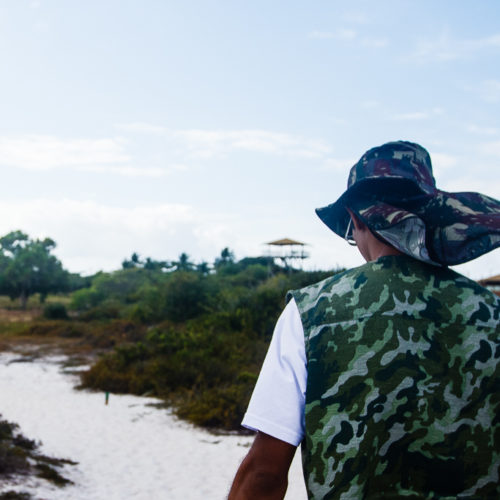
In this place, you will come across different species of insects, birds, amphibians and reptiles. Yes!! There are a variety of snakes, spiders, frogs, owls and lizards. It has adventure, direct contact with nature and a real lesson on biodiversity.
“Our walks in Parque das Dunas, everyone thinks it will be an uncomfortable walk. Not really. We are going to walk in the sun, very little. We will walk through small and large trees as well. Then you will have a warmth, a microclimate happening here in Parque das Dunas.” – Jorge Santana, Manager of Parque das Dunas
Parque das Dunas, in Salvador, is the largest urban park of dunes, lagoons and restingas in Brazil. The tour involves education, environment and ecotourism, as well as exuberant flora and fauna.
Water Sports
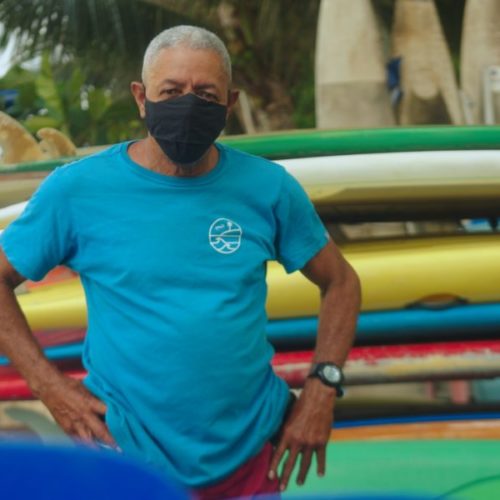
Rua da Música – also known as Rua K – was visited by artists, musicians and sportsmen from Salvador in the 70s and 80s. Until today, it is the meeting point for sportsmen in general and for those who want to practice Windsurf and S.U.P.
“Itapuã is the perfect neighborhood for water sports, because here you have a range of options to practice, you have swimming, you have diving, you have surfing, you have the stand-up paddle, the Hawaiian canoe paddle. It’s nice, the neighborhood is too nice, there’s no way around it.” – Seu Reizinho, water sports instructor.
For those who are just accompanying sportsmen – but what they are looking for is a good place to relax – the calm sea of medium waves of Itapuã Beach is bathed by the Atlantic Ocean with emerald water. At certain points in the water, there are large rocks that form natural pools. Good programming for everyone!
Bar do Mamão
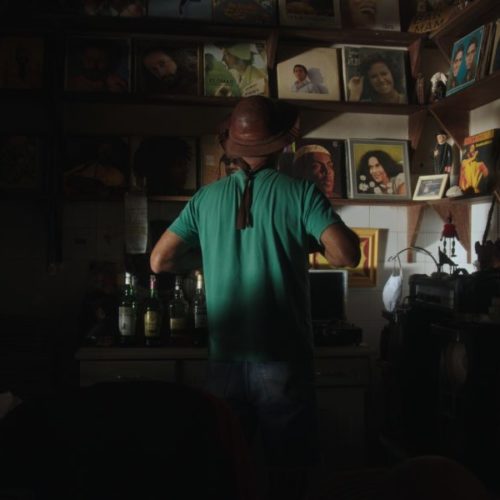
There is no way to step on this floor, smell the palm oil and not want to eat acarajé, a gastronomic specialty of African and Afro-Brazilian cuisine loved by Bahians and tourists. Itapuã is one of the symbolic neighborhoods for the delicacy. But this neighborhood has a hiding place that is worth visiting, the Mamão Bar and Restaurant, not only for its delicious food, but also to meet Jorge, the owner, a vinyl collector, who has more than 3 thousand records in the establishment.
“What attracts a lot of people to the bar, besides my snack? Good service, etc., music and a souvenir, because a guy doesn’t just eat food, he eats through the ear too, you know? We ask for a snack, then listen to good music, the food goes down well, I think even the organism itself reacts, it’s a perfect marriage.” – Jorge Onofre – Seu Mamão, owner of Bar do Mamão
The place is very cozy, with tables under the trees, and you have lunch to the sound of Moraes Moreira, Chico Buarque, Gal Costa, Gerônimo, Geraldo Azevedo, Baden Powell and many others, straight out of the record player.
Capoeira Circles
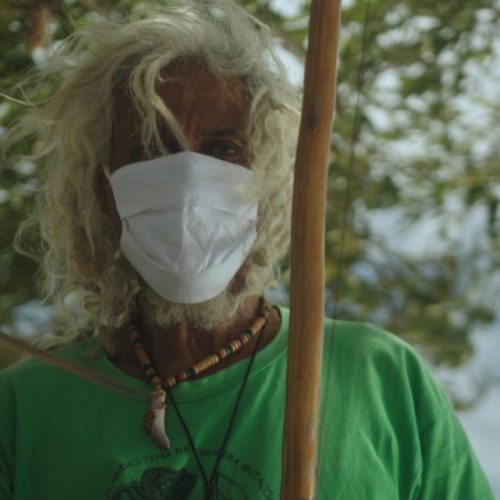
Itapuã is one of the neighborhoods with the greatest artistic and cultural tradition in Salvador, with dozens of immaterial goods and heritage. According to the report “A Capoeira em Salvador”, by the Gregório de Mattos Foundation, the territory that houses Itapuã is the second in the soteropolitana region with the largest presence of circles that form from end to end in the neighborhood.
“There is a connection between Itapuã and capoeira, since the beginning, that this was still a village. Black people who came to live here, fishermen, right? Farmers, laundresses … so these are the people who have been building the community, with their own characteristic, right? I represent Itapuã through my art, this culture that is capoeira, we represent Itapuã, we represent Bahia, Salvador and Brazil. I feel part of that movement.” – Mestre Tyco, Capoeirista / Capoeira
A little far from the shore, going a little further into the neighborhood, is located the Lagoa do Abaeté, a symbol of the city. Around the lagoon, there is the Parque Metropolitano Lagoas e Dunas do Abaeté, opened in 1993.
Many legends arose around the dark waters and white sands of immense dunes. The freshwater lagoon of Itapuã, hidden in the midst of natural beauty, is revered as sacred by the followers of candomblé.
Important precautions
With the covid-19 pandemic, the capital of Bahia has been adapting to this new normal. During the tours, visitors should pay attention to the use of the mask, 70º alcohol gel and keep a safe distance from other people.
Call ahead for visiting and find out about the security protocols to avoid contamination.
This is the Plan for Resumption of Activities in Salvador. Understand all the working protocols in this link.

